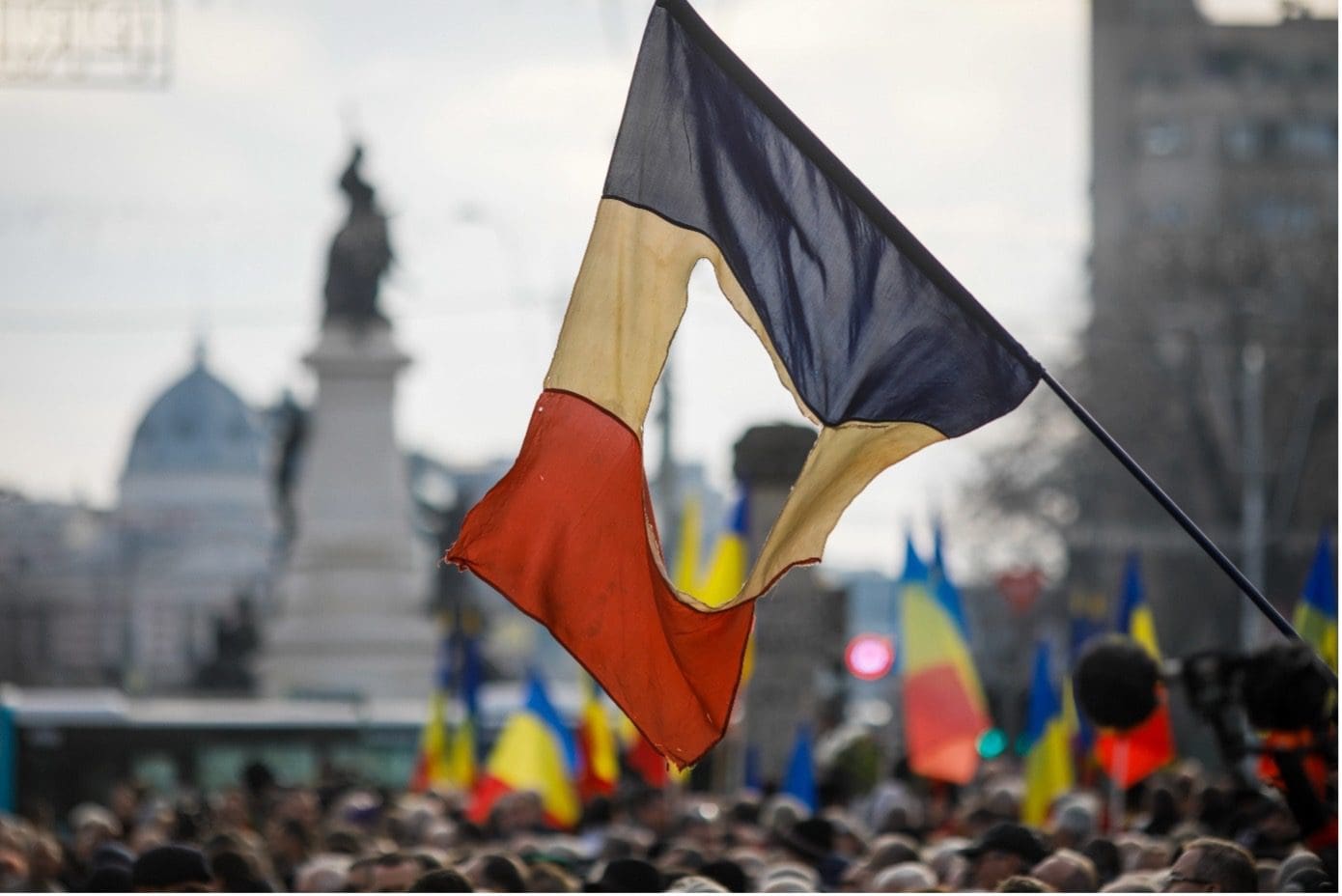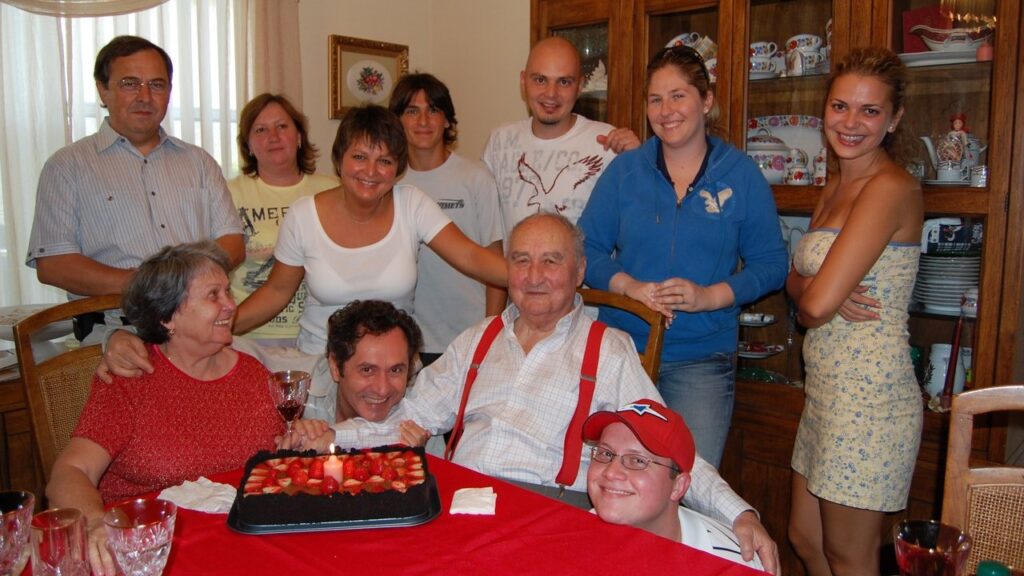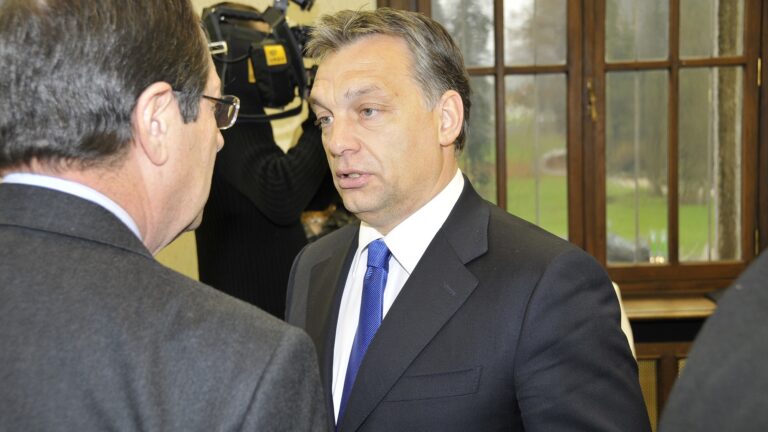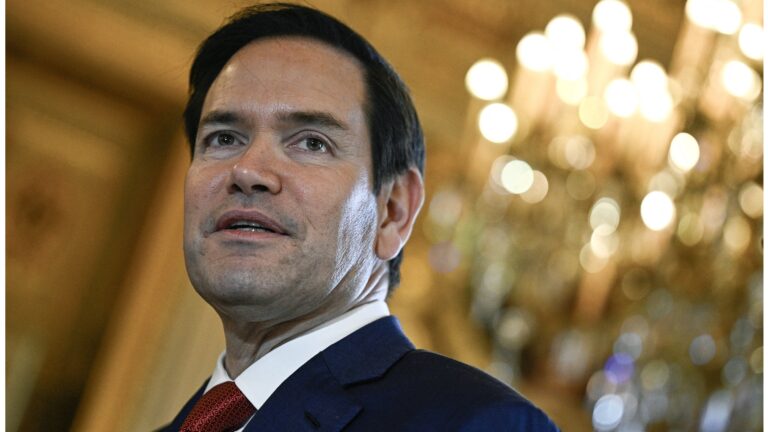In the 1980s, Romania under Ceaușescu’s rule was one of the toughest dictatorships in the Eastern Block. It was not only the repression of personal liberties, the control over the media and the personal cult of Ceaușescu which made the Romanian one party-system infamous, but also the decline in the country’s living standards. In an attempt to repay the country’s foreign debt, Ceaușescu put all Romanians on a low carbon diet – between 1981 and 1989 food and consumer good supplies were nearly halved. By 1988, it was difficult to get cooking oil[1] and shortages of all essential goods became permanent. Electricity was cut off each day between 6 p.m. and 8 p.m. and television programmes were limited to two hours a day broadcasting only state propaganda.
On top of this came the so-called ‘devillagisation’ programme, which destroyed the countryside causing further disruptions in the food supply of the country. The ‘devillagisation’ or ‘systemisation’ of agricultural areas (supposedly) aimed to re-structure villages by centering them around larger “urban agro-industrial centres”. To achieve this goal, people were forcibly relocated into the territories proclaimed as ‘regional centres’. The not so hidden political goal of this programme was to assimilate the Hungarian minority and destroy the cultural and religious heritage of traditional rural areas.[2]
Based on the above, the toughness of the Ceaușescu regime on religious expression should not come as a surprise either. The authority limited the freedom of the church in a number of ways. From censoring religious publications, interfering in clerical appointments, demolishing historical religious sites and churches to intimidating, imprisoning and harassing priests and their families; Ceaușescu’s regime suppressed religious believes by all means.[3] While evangelical work was strictly prohibited, the clergy was coerced into worshiping Ceaușescu, contributing to the maintenance of his personal cult.[4] The regime’s utter repression can be best represented through the authority’s proud announcement that the Bibles imported to Romania from the West are being used in the production of toilet paper.[5]
While the church was severely repressed, it did not give up the fight for freedom. It stood by the people assisting them to deal with the public health crisis (during Ceaușescu’s rule there was an AIDS epidemic in Romania due to the state’s mismanagement e.g., vaccinating hundreds of school children with the same needle to save money). The church was also the most trusted source of distributing international aid to the population[6], relieving some of the economic hardship the one-party dictatorship has brought upon the Romanian nation.
Besides the moral and practical help, the church became a centre for political opposition too
During the summer of 1989 a young Hungarian priest, László Tőkés gave a secret interview to one of the Hungarian televisions – the tape was smuggled into Budapest and was broadcasted in the country. In the interview Tőkés spoke about the ill treatment of the Hungarian minority in Romania, the plan to destroy villages, forcibly assimilating the minority into the general population as well as about the authority’s attempt to corrupt the churches in Romania. The interview came as a shock to Hungary as well as to the international community and it fueled dissent against the regime in Romania. As Tőkés started to speak up against the regime, he was ordered to leave his parish and the city of Timișoara and go to serve in a small, remote village. The priest refused to leave – to which the state responded with severe atrocities. Four masked men broke into his house and stabbed the Reformed priest in front of his pregnant wife – the windows of his house and church were broken. Some of his loyal parishioners, who started to protest because of the treatment of their pastor, were interrogated by the police, one of them was hospitalised while another was found death in a nearby forest.[7]
As the tensions rose, on 15 December 1989 the state made an attempt to evict pastor Tőkés from his house. People – not only from his Reformed church, but Baptists, Catholics, and Orthodox; Hungarians just as well as Romanians – gathered in front of his house to protect him. Tőkés asked the crowd to remain peaceful, but as the situation was deadlocked and the priest was arrested on 17 December, the demonstrations ended up in violence and soon shootings started in the city. The news about the gunfire quickly spread across Romania and it triggered protests in many other cities, including the capital, Bucharest. To address the situation, condemning the events in Timișoara, Ceaușescu spoke up in front of a huge crowd (approximately 100,000 people) on 21 December. The event did not go well – the crowd booed him, shouting ‘Down with the dictator’ and ‘Death to the criminal’. All of it was broadcasted live on national television. Four days later Ceaușescu and his wife was executed by a firing squad.
The events which started in Timișoara in front of László Tőkés’s house greatly contributed to the collapse of the state–socialist regime in Romania. The television broadcast which showed Ceaușescu being executed was allegedly showed to prominent members of the Chinese Communists Party to urge them to introduce reforms – unless they want to end up like the Romanian leader. Interestingly, an internal report of the CCP in 1990 found Christianity as the single most important force that bought down Communism in Central Europe.[8] Marx was wrong to claim religion to be the opiate of the masses – 1989 shows that faith can be a driver for the pursuit of freedom too.
[1] Rada Cristina Irimie, ’Everydy Life under Communism. The Case of Romania’, SEA – Practical Application of Science (2014), 275 p.
[2] Earl Pope, ’The Role of Religion in the Romanian Revolution’, Occasional Papers on Religion in Eastern Europe (1992), 12/2/2, 6 p.
[3] Mark Elliott, ’László Tőkés, Timisoara and the Romanian Revolution’, Occasional Papers on Religion in Eastern Europe, 10/5/4 (1990), 23 p.
[4] Mark Almond, ’Religion after Ceausescu’, New Blackfriars, 71/ 843 (November 1990), 499 p.
[5] Elliott, ’László Tőkés, Timisoara and the Romanian Revolution’, 24 p.
[6] Mark Almond, ’Religion after Ceausescu’, 499 p.
[7] Elliott, ’László Tőkés, Timisoara and the Romanian Revolution’, 25 p.
[8] Elliott, ’László Tőkés, Timisoara and the Romanian Revolution’, 28 p.








